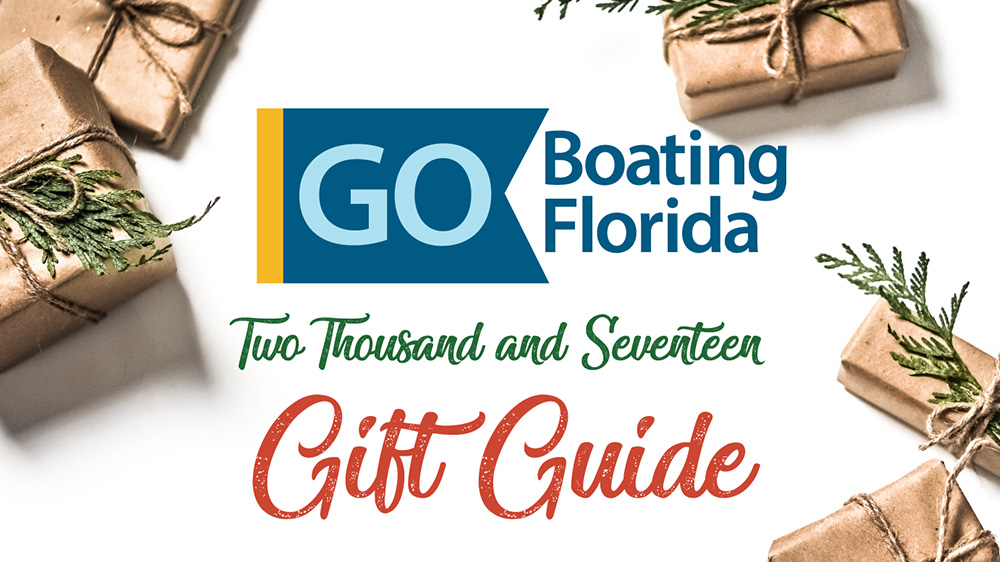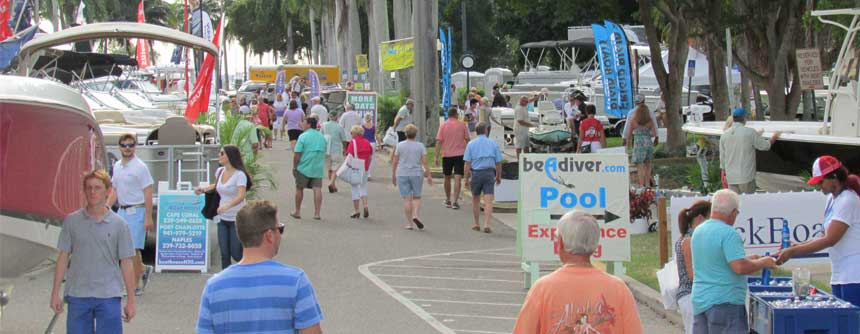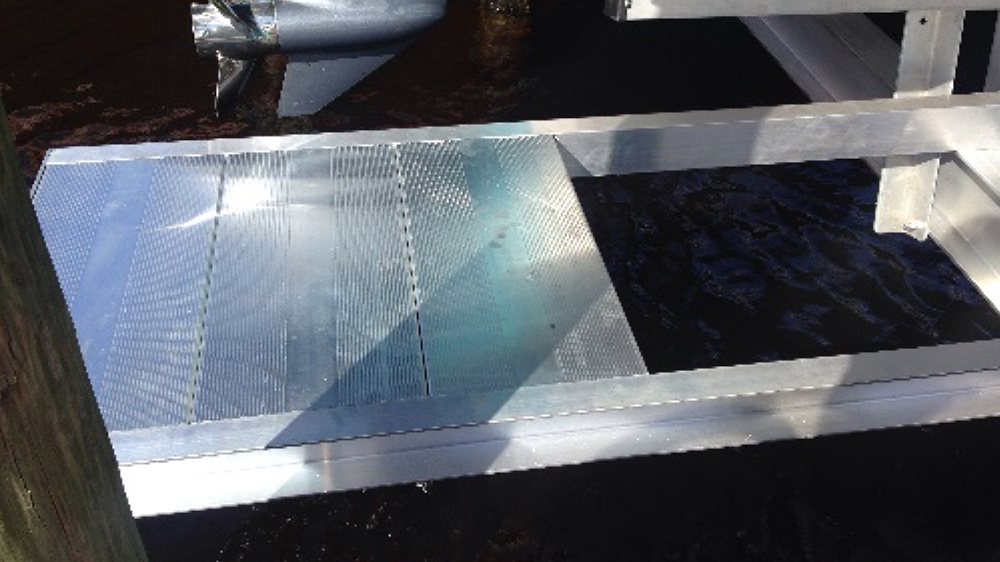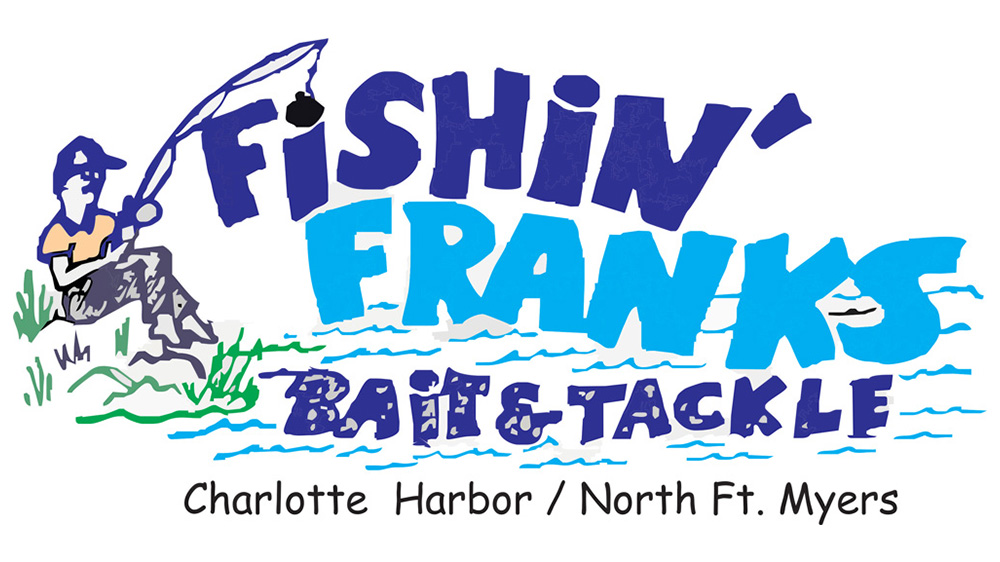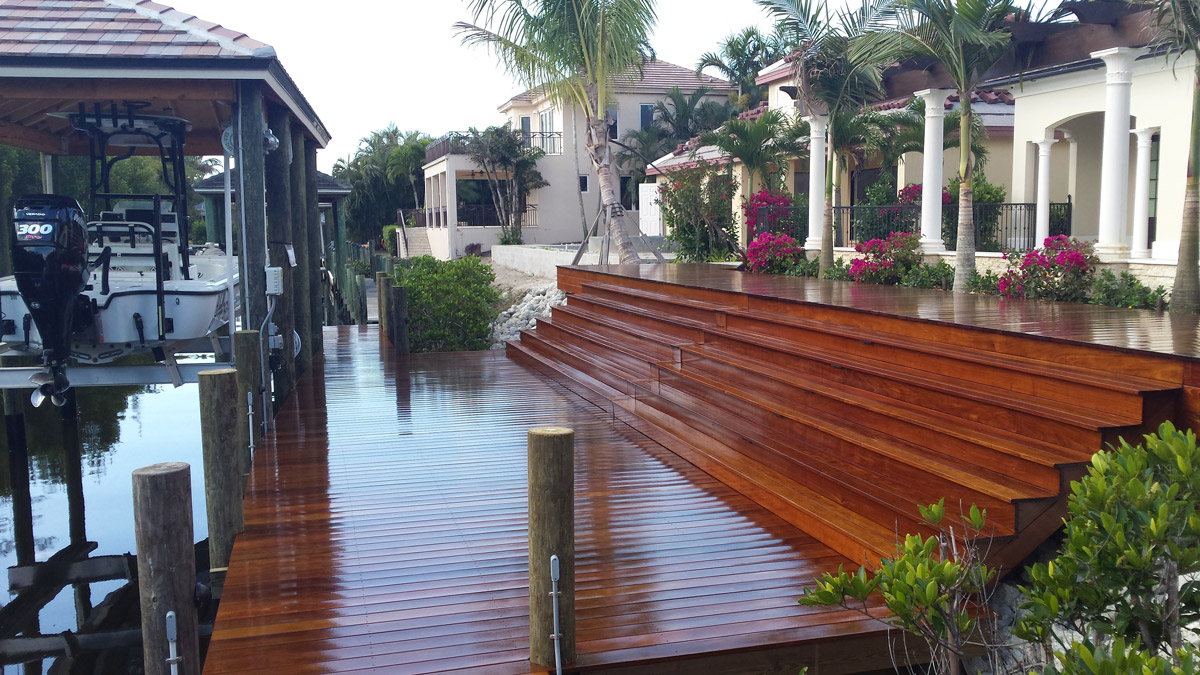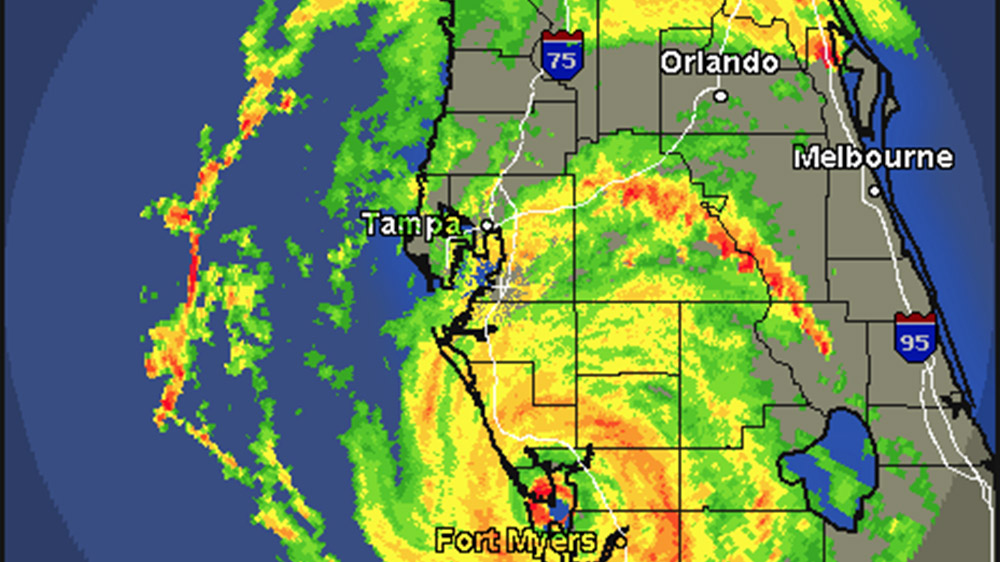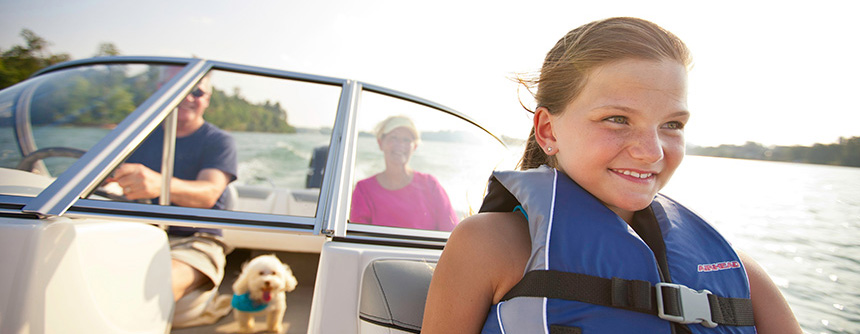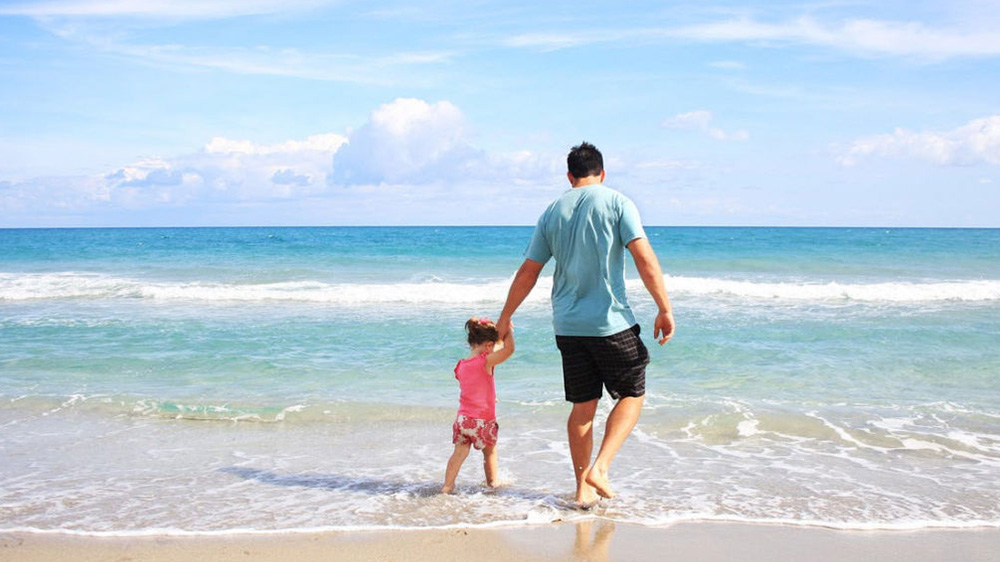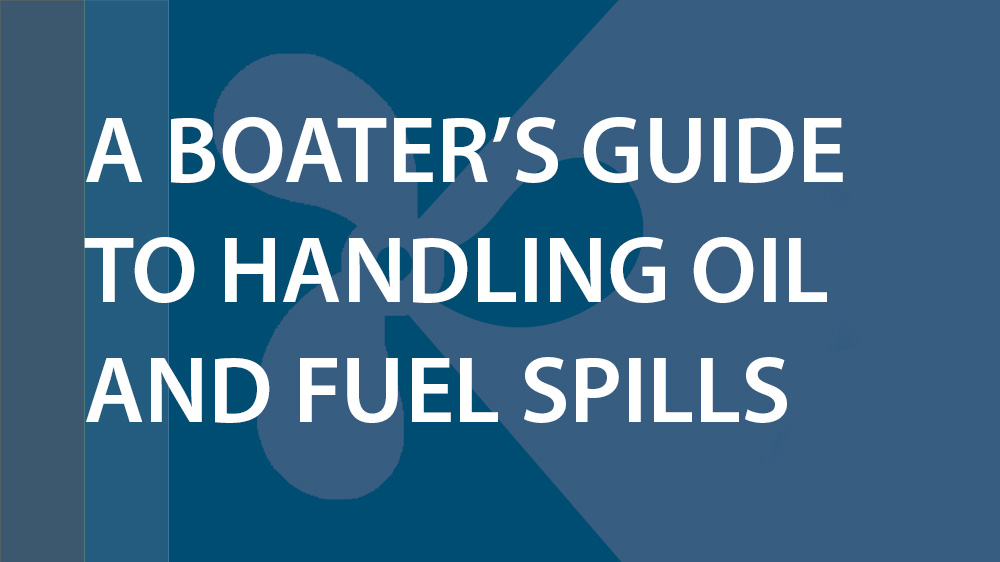2017 Holiday Gift Guide
As the holidays approach, many of us scramble to come up with unique gift ideas for the boaters in our lives. Whether you’re searching for a big surprise or just need some nautical stocking stuffers, our Holiday Boater Gift Guide features our top picks for every kind of boater and every kind of budget.

